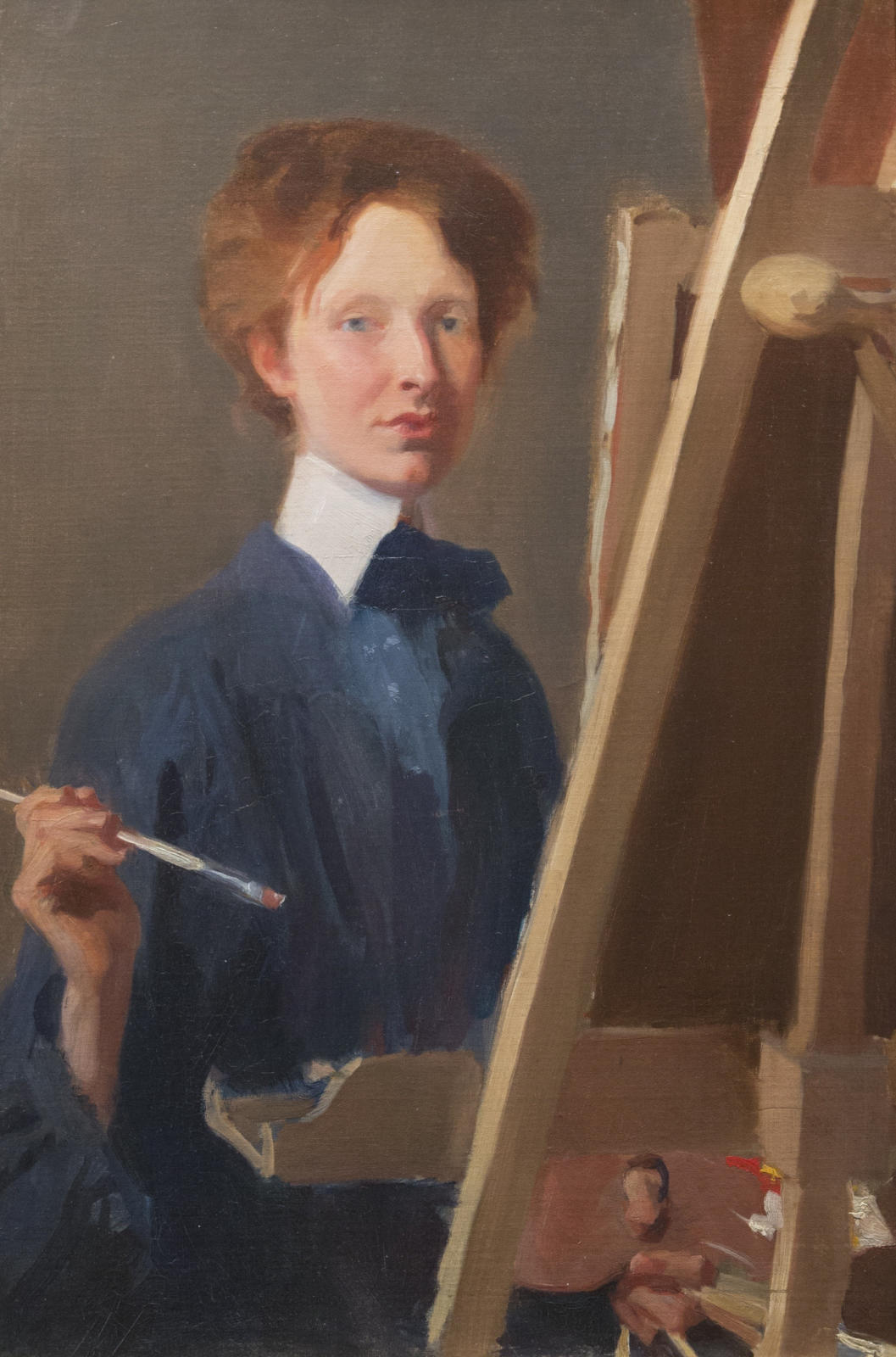

artist
Frederick MacMonnies, born in Brooklyn, New York started his career by working as a studio hand for Augustus Saint-Gaudens (1848-1907). Soon afterwards, MacMonnies enrolled in modeling classes at the Cooper Union and drawing classes at the National Academy of Design. In 1884 MacMonnies moved to Paris and spent time at the Académie Colarossi and the École des Beaux-Arts. Unfortunately, a cholera epidemic broke out in Paris and forced him to leave. Subsequently, MacMonnies traveled to Germany and then back to the United States, where he spent another year working with Saint-Gaudens before returning to Paris to begin a two-year tenure at the École des Beaux-Arts. At this time MacMonnies also worked in the studios of Jean Falguière and Antonin Mercié.
MacMonnies’s first artistic achievement which helped to establish his reputation was his plaster model of Diana, which he exhibited at the Paris Salon in 1889. MacMonnies was then commissioned internationally to create many sculptures and, although he chose to live in Paris, many of his public and private sculptural commissions were in the United States.
In 1893 MacMonnies received a fifty thousand-dollar commission for the World's Fair Exposition in Chicago. The work he created for this commission titled The Barge of State, a thirty-eight figure extravaganza, made him internationally famous.
Frederick MacMonnies was one of the first American sculptors to recognize the potential market of the middle class. He created a system, therefore, where he copyrighted his works and then contracted with foundries to produce some of his figures in multiple sizes.
provenance
By descent through estate to Berthe Hélène MacMonnies, the artist’s daughter, by 1960
By direct descent to Marjorie MacMonnies Young, the artist’s granddaughter, 1963
Smithsonian Institution, Washington, D.C., 1975 (label verso)
Private Collection, Newtown, Connecticut

